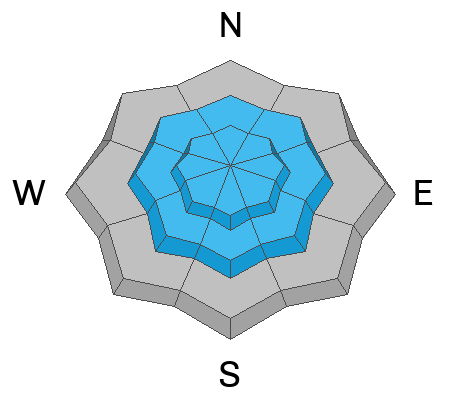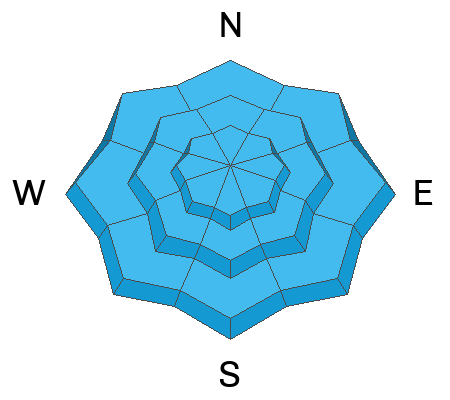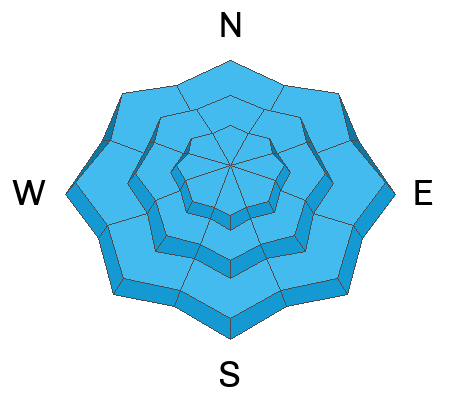Forecast for the Ogden Area Mountains

Issued by Greg Gagne on
Friday morning, December 2, 2022
Friday morning, December 2, 2022
An avalanche warning has been issued with a HIGH avalanche danger at the mid and upper elevations and CONSIDERABLE danger at low elevations. Avalanches are likely and travel in avalanche terrain is not recommended. Avoid being on or underneath slopes 30° or steeper.
Avalanche activity will involve recent and fresh slabs of fresh wind-drifted snow at the mid and upper elevations where avalanches over 3' deep may occur. The new snow may also be sensitive, especially during the morning.
Great riding conditions will be found in low-angled, wind-sheltered terrain with nothing steep above you.

Low
Moderate
Considerable
High
Extreme
Learn how to read the forecast here










